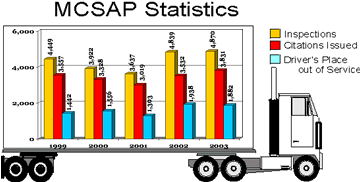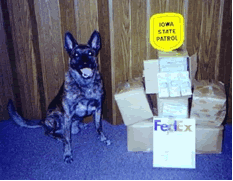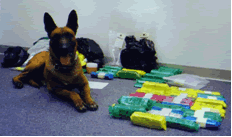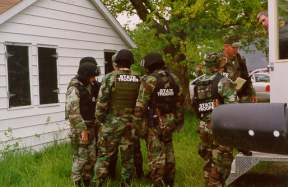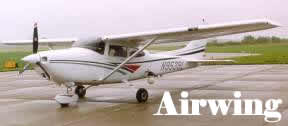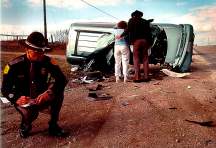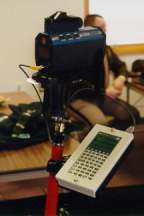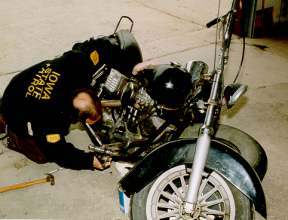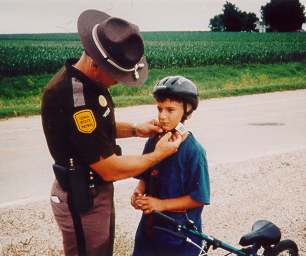 |
Iowa
State Patrol Division
|
|
|
|
|
|
|
|
|
|
|
|
|
|
|
|
|
|
|
|
|
A member of the Iowa State Patrol for nearly 28 years, Robert O. Garrison was appointed to head the Iowa State Patrol in October of 1999. During his tenure with the State Patrol, Garrison has undertaken a wide variety of assignments. He has served as a Trooper, Assistant District Commander, District Commander, Area Commander, Departmental Training Academy Commander, and Executive Assistant to the Commissioner of Public Safety. Colonel Garrison is the twelfth man to serve as the Chief of the Iowa State Patrol since its inception in 1935. |
|
|
|
| Overview |
To
enhance the duties associated with its mission of safety and service to
the motoring public on the roads and highways of Iowa, the Patrol has
developed several specialized areas including: Technical Accident Investigation
& Reconstruction, Patrol Airwing, Vehicle Theft Unit, Tactical Response
Teams, Safety Education Officers, and Motor Carrier Safety Assistance
Program. |
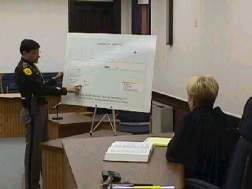 Troopers are often called into court to testify during court proceedings. |
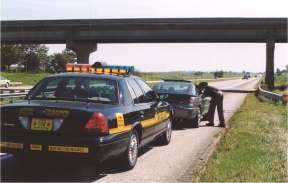
|
A typical day for a trooper can be anything but typical. While their primary responsibilities include patrolling county, state and interstate highways to ensure the safety and well being of travelers, they may be called upon to handle a wide-range of duties. The trooper must always be prepared to respond to any emergency. From removing the alcohol/drug impaired driver from the roadway, or identifying drug traffickers who utilize Iowa's highways, to giving directions to lost motorists, Troopers do a lot more than just issue traffic citations. |
|
Troopers routinely relay emergency blood and tissue across the state, change a flat tire, testify in court, or call for a tow truck. They respond to motor vehicle collisions by attending to the injured, requesting an ambulance when necessary, directing traffic, completing reports, or making death notifications to family members. The Iowa State Patrol has many diversified operations including:
|
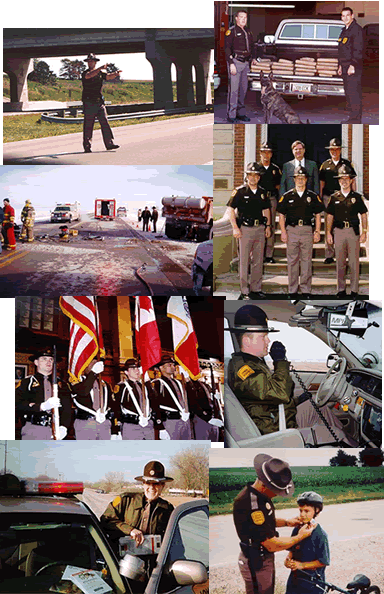
|
|
|
|
|
During
2002, Troopers made 3,202 narcotic arrests and seized narcotics with
an approximate street value of $27,466,286. The Iowa State Patrol, funded by a grant from the Governor's Traffic Safety Bureau, recently utilized a team concept in an attempt to reduce alcohol related fatalaties in Iowa. The team worked times statistically shown to have a higher probability of intoxicated drivers on the roadways. During October, November, December 2002 and April, May, June 2003, this eighteen (18) member team arrested 466 drivers for operating while intoxicated as well as cited 397 persons for open containers, and made 311 other non-driver alcohol arrests. |
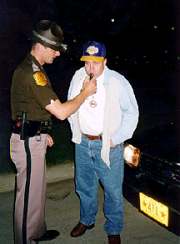 |
|
Much of the enforcement action that Troopers take on the highways does not involve formal charges or arrests. During Fiscal Year 2003, Iowa State Troopers issued 192,480 warning memorandums for various minor traffic infractions. An additional 69,722 faulty equipment advisories were issued for things like non-working head or tail lamps on vehicles. Troopers also documented 25,181 incidents in which they provided assistance to a motorist in need on Iowa highways. |
|
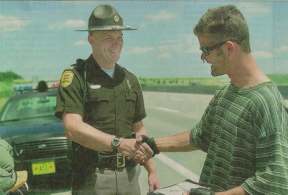 |
Together, these actions represent over a quarter of a million contacts with citizens that can be considered as occurring in the most positive way. If a warning alone can correct a driving or vehicle equipment infraction, Iowa Troopers are more than willing to give this opportunity to a violator without the demands or stigma of formal criminal charges. |
|
|
|
| Motor Carrier Safety Assistance Program (MCSAP) |
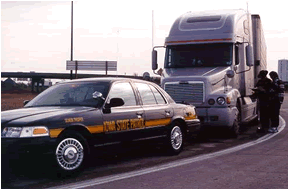 |
The
Iowa State Patrol's Motor Carrier Safety Assistance Program (MCSAP) was
created in 1992. Specially trained MCSAP troopers travel Iowa's roadways
identifying and removing fatigued and impaired commercial motor vehicle
operators, thereby providing a safer environment for the motoring public.
Commercial motor vehicles represent a significant percentage of the miles
driven on our roadways, and the safety and proper operation of these vehicles
is essential. |


